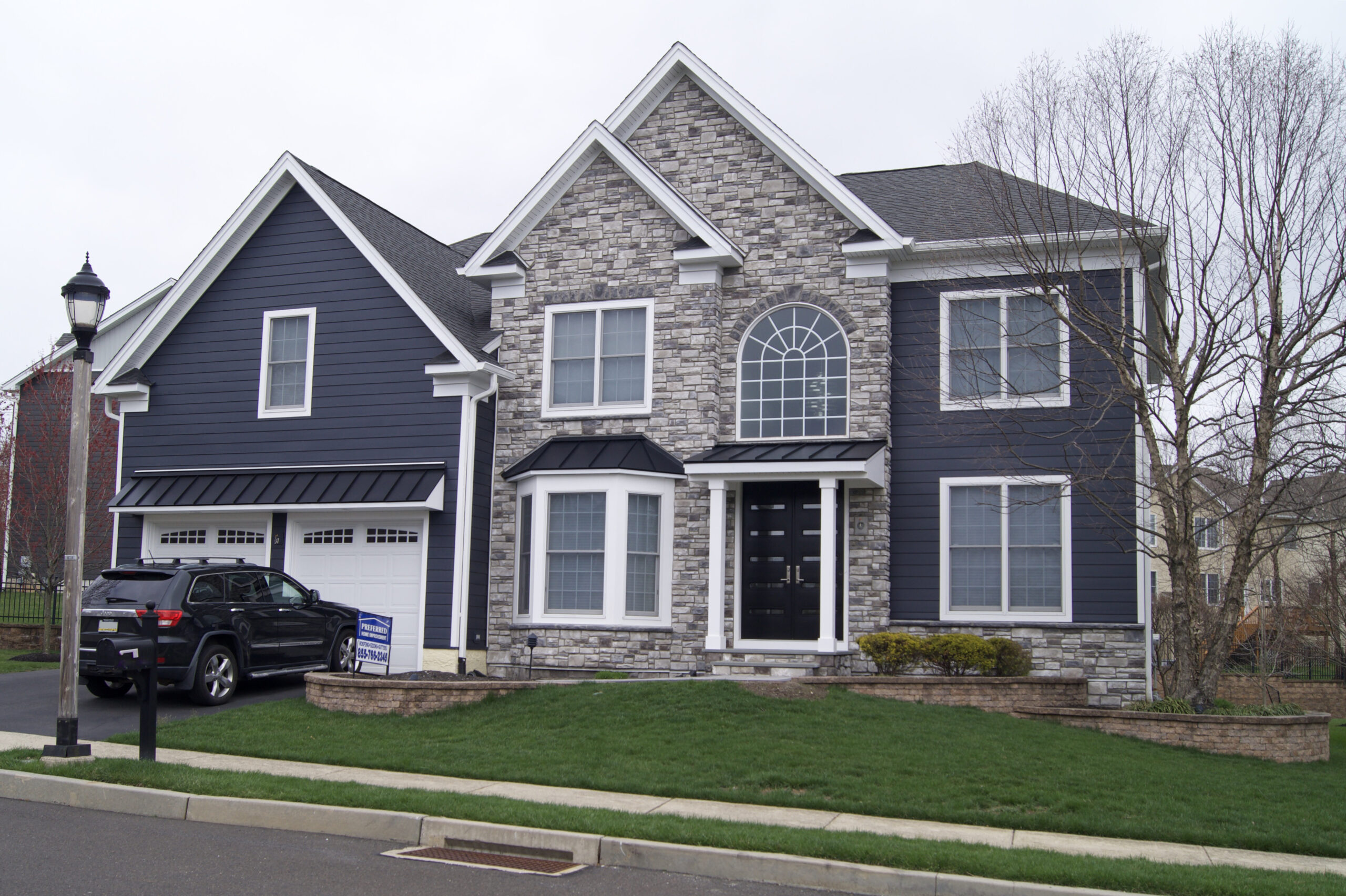The arrival of warmer temperatures and longer days makes spring an excellent time to assess the state of your home’s exterior. While winter weather creates time for cozy days spent inside, snow and heavy winds can threaten the integrity of certain areas such as your roof, siding, and windows. If you notice anything is askew, call an exterior home professional to take a closer look. They can safely determine if you need repairs or a total replacement so you can stay protected for upcoming seasons.
If you’re wondering what to look for during spring maintenance, here are some key signs of exterior damage and next steps to consider.
Roofing Checklist
Check the Attic for Light & Water Damage
Begin with the interior of your home and examine the condition of your ceiling or attic. If you see sources of light streaming through, you may have a hole somewhere in your roof. It’s normal to see light coming from the eaves or from your roof’s ridges, and sometimes from equipment such as an attic exhaust fan or the vent fan alongside the ridge. However, it’s not normal to see daylight come in through areas such as chimneys, plumbing, or stovepipes. When in doubt, address the situation immediately because if light is streaming through, water can accumulate as well and lead to exterior and interior water damage.
Additionally, look for signs of water damage such as noticeable stains or streaks on the ceiling or attic, or mildew or mold. There may be a leak somewhere in the roof or it can be caused by poor ventilation that has led to excess condensation.
Keep An Eye Out for Mildew and Mold
Mold and mildew can damage the foundation of your home and lead to potential respiratory and allergy problems in people who have asthma, allergies, and compromised immune systems. This can be a result of water damage from poor ventilation, improperly installed or damaged shingles, or clogged gutters. Moss thrives in moist areas and can damage your shingles by causing them to lift while spreading mold and rot into the foundation.
When examining the exterior of your roof, check for signs of mold or mildew. A roofer can assess areas that are more susceptible to mold such as the chimney and attic insulation. If any mold is found, it’s important to treat the problem as soon as you can to prevent the spread into your home.
Inspect Shingles
Shingles protect your home from the elements such as sun exposure, rain, and hail, as well as help to insulate your home. When you’re going through your spring maintenance checklist, make certain to hire a roofing professional to carefully inspect the roof’s shingles. They can look for variety of red flags that would compromise the durability of your roof such as:
- Missing shingles
- Missing granules
- Stained shingles
- Corrosion
- Curling, buckling, or cracked shingles or tiles
- Improper construction like loose screws
- Problems with tile edging
- Worn sealants
- Problems with metal roofing flashing
Normally, shingles should lay flat against the roof. If your shingles or tiles exhibit any of the above conditions, it’s critical to address the problem immediately.
Examine Flashing
The flashing around your home’s vents, skylights, and chimneys enable water to flow away from your home. Therefore, they need to be sealed well around the seams of the roof to guarantee water will not gather into the roof’s foundation. Once spring arrives, roofers can look for cracks or breaks from general wear and tear that can lead to major water leaks.
Trim Trees & Vegetation
Your spring checklist should extend beyond the roof and into the grounds. As spring blooms, your landscape will once again come to life, but it’s best to be mindful of keeping it well-maintained. If you’re wondering “Can trees damage my roof?”, the answer is “yes”. Protruding branches from trees and shrubs can lead to:
1. Scratches or cracks that can cause leaks
2. Falling branches damaging the roof
3. Falling debris like leaves and needles clogging the cutters, which can cause excess moisture accumulation
4. Decaying branches can lead to termites and other critters gaining access to your home
5. Overgrown branches can lead to excess shade and enable mold growth
Assess Gutters & Downspouts
Over time, granules from shingles can gather into gutters and downspouts due to heavy storms. Granules offer fire and UV resistance, so depending on the age and condition of the shingles, it may be time to replace the roof if you notice a fair amount of granules in these areas. With that being said, a roofer can recommend the next best steps.
Additionally, if the gutters and downspouts are clogged from granules or other debris, this can lead to rotting and mold growth from improper drainage and moisture accumulation.
Siding Checklist
During the winter months, the elements can cause stains and mold to gather along your home’s siding. Depending on the age and type of siding you own (like vinyl), you may be able to power wash any discoloration. However, if there are major cracks or mold damage, hire a professional to assess the situation and see if repairs or a replacement is necessary. Otherwise, further water damage can seep into the foundation of your home, or you may find yourself dealing with a pest problem such as termites or carpenter ants.
Windows Checklist
Window inspection is an important aspect of spring home maintenance to ensure proper insulation, energy efficiency, and moisture control. Examine the window screens, window seals, weather stripping, and caulking to see if anything needs to be fixed or replaced. Common signs of wear and tear include:
- Loose weatherstripping
- Rotten wood
- Squeaking window hinges or casings
- Clogged door tracks
- Chipped paint
If you notice anything beyond dirt and debris that can easily be cleaned, call a professional to take a look and make recommendations for your specific type of windows.
When you need a licensed exterior home contractor in the Bucks, Montgomery, Chester, and Delaware county areas, turn to Preferred Home Improvement. PHI has a wide variety of roofing, siding, and window options to choose from so that you can find the perfect fit for your home. Plus, we only work with qualified and experienced professionals who will treat your home like their own. Identify problems early on so you stay comfortable and prepared year-round. Call (215) 366-5813 for a free consultation or review our services.



